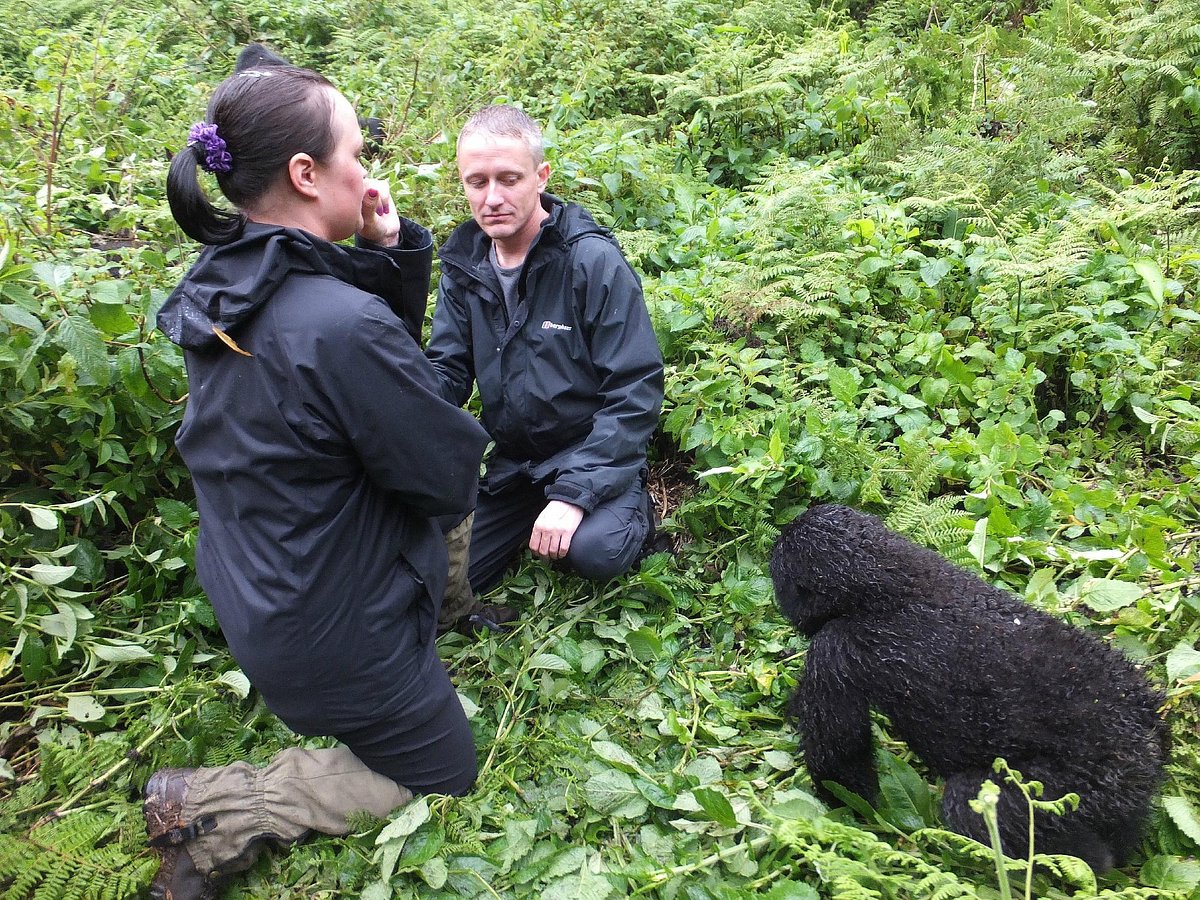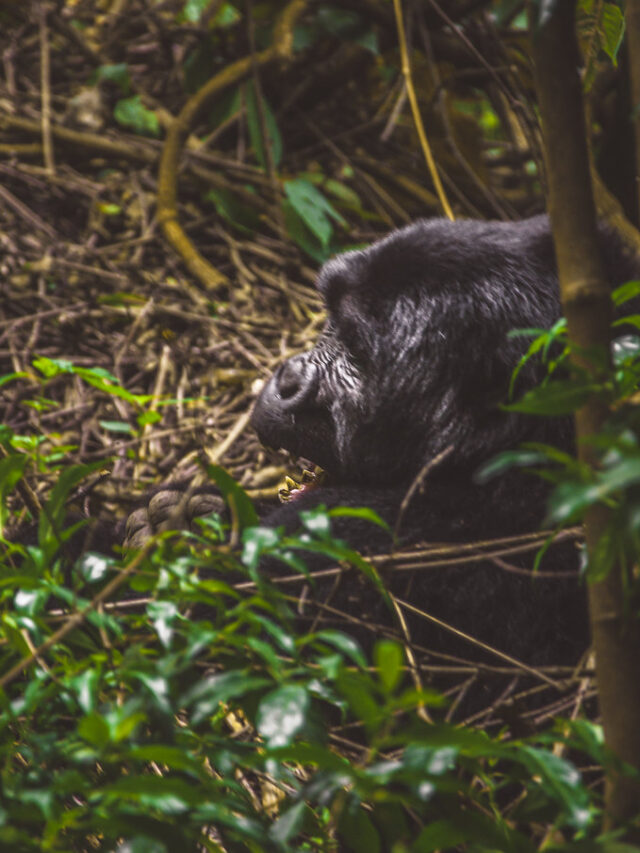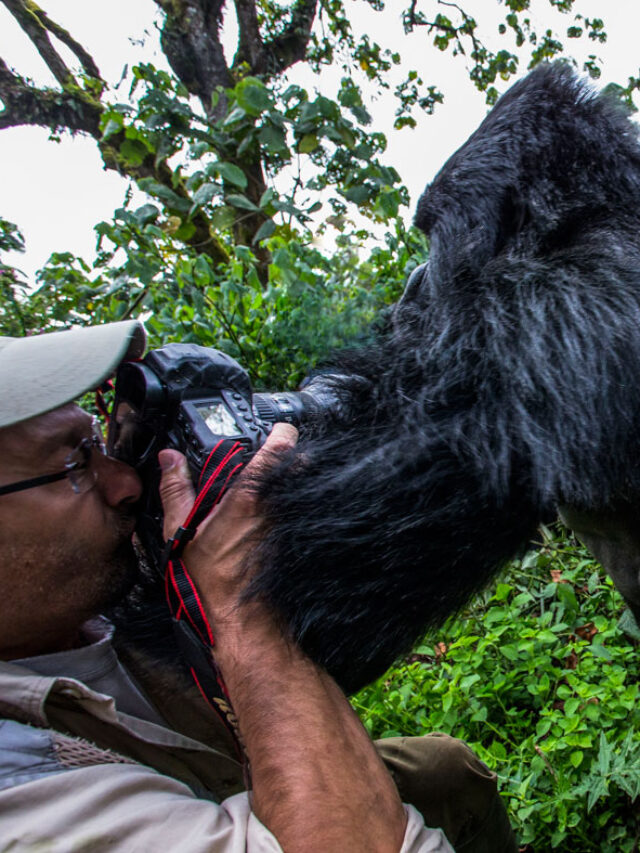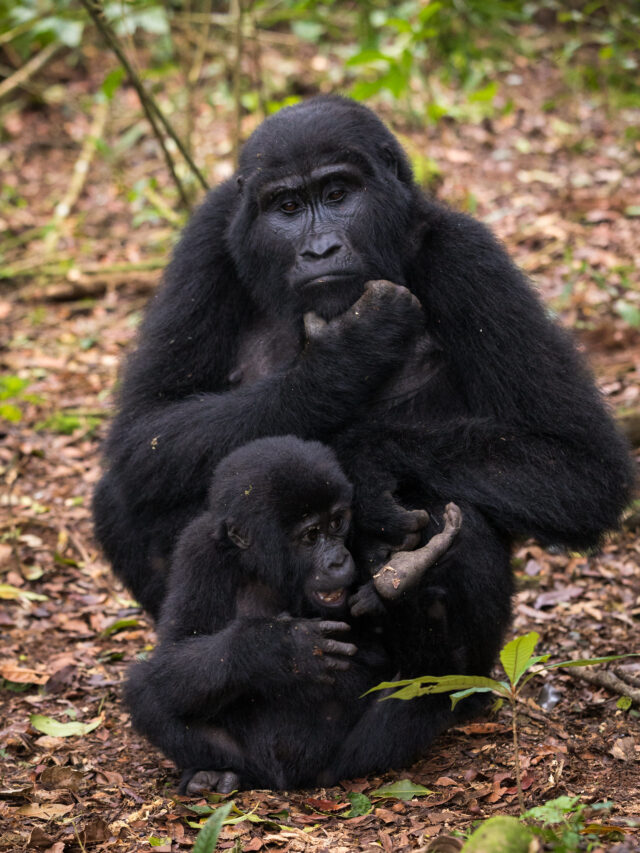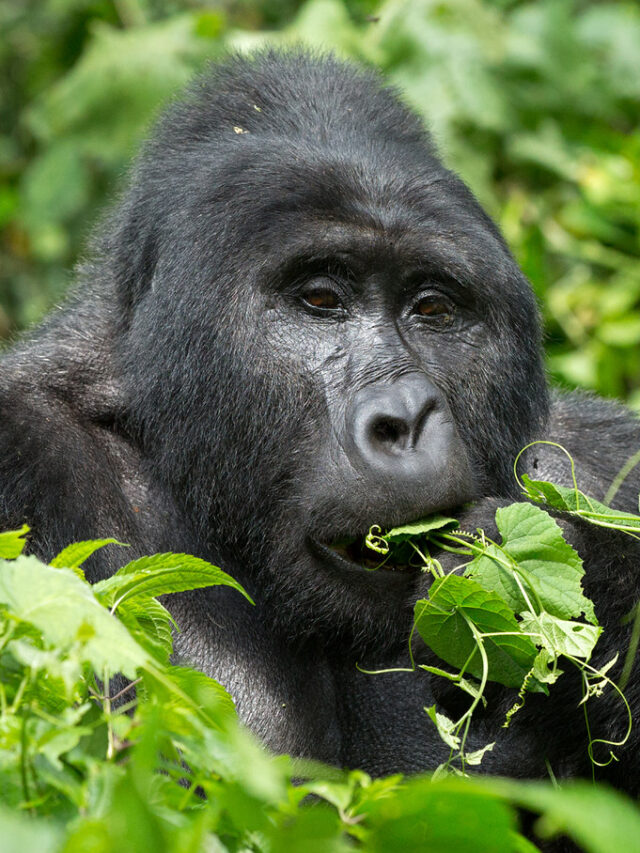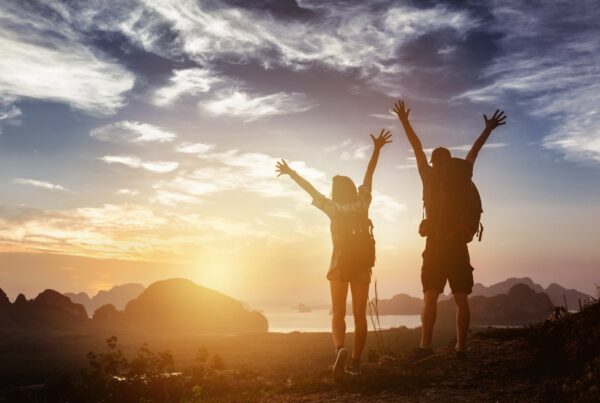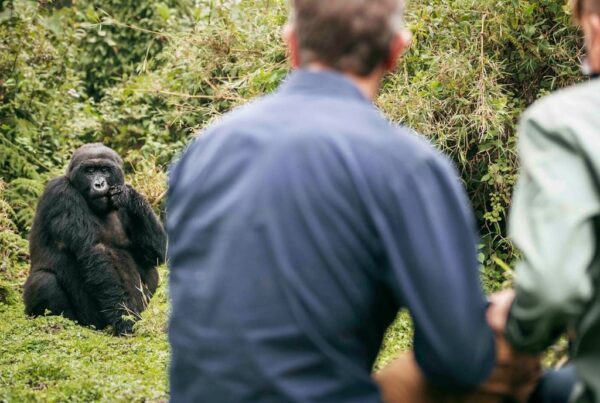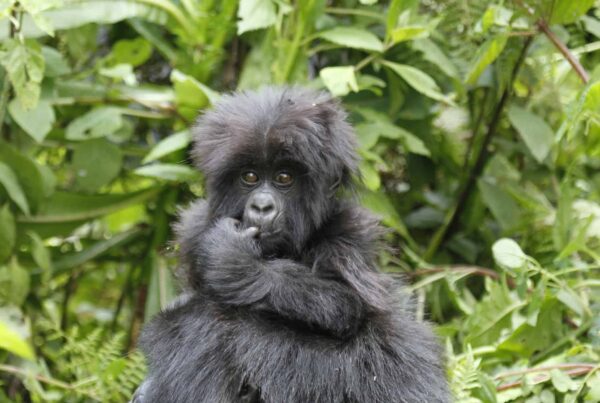Is Gorilla Trekking Safe? The Truth Every Traveler Needs to Know Before Meeting Africa’s Gentle Giants
Gorilla trekking is one of the most extraordinary wildlife experiences on earth, offering you the rare privilege of standing just meters away from a massive silverback and his family in their natural forest home. But for many first-time adventurers, the question that naturally arises is: “Is gorilla trekking safe?” The short answer is yes—gorilla trekking in Uganda, Rwanda, and the Democratic Republic of Congo is generally considered safe when you follow the rules, trek with licensed guides, and respect the gorillas’ space. However, like all wild encounters, safety is not about luck; it is about preparation, knowledge, and an understanding of both the environment and the animals you are visiting.
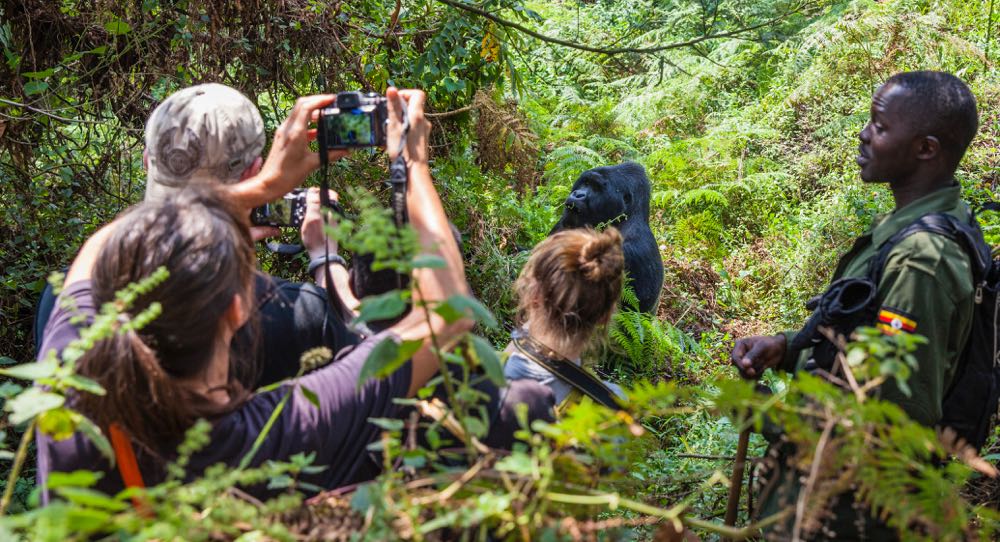
Understanding the Nature of Mountain Gorillas
One of the biggest misconceptions is that gorillas are aggressive by nature. In reality, mountain gorillas are shy, calm, and gentle primates who would rather retreat than engage in conflict. They are non-territorial and herbivorous, spending most of their day feeding on bamboo shoots, wild celery, and other plants. The silverback—the dominant male—acts as the family’s protector, but he will only display aggression when he feels genuinely threatened or when the group is disturbed. The famous chest-beating and charging are usually just warnings, not attacks. By following the guidance of experienced park rangers, you will never intentionally be put in a situation where a gorilla feels provoked enough to cause harm.
How Authorities Keep Treks Safe
Uganda Wildlife Authority (UWA) and Rwanda Development Board (RDB) have some of the strictest gorilla trekking protocols in the world. Every trek is led by armed rangers and trackers who monitor gorilla movements daily. Before you even set off, briefing sessions prepare you for what to expect and how to behave around the gorillas. The treks are limited to small groups—usually eight visitors per gorilla family per day—which not only reduces stress on the gorillas but also makes it easier for guides to ensure safety. In addition, each gorilla family you visit is habituated, meaning they have undergone years of gentle human exposure to become accustomed to visitors without feeling threatened.
Health and Disease Precautions
One of the biggest safety considerations in gorilla trekking is not physical danger from the gorillas themselves, but the potential for disease transmission. Gorillas share around 98% of our DNA, which makes them vulnerable to human illnesses like flu, colds, and even COVID-19. This is why there are strict rules: trekkers must maintain at least 7 meters of distance, wear masks in some parks, and stay away entirely if they are sick. In recent years, extra hygiene measures have been enforced, including handwashing stations at trek start points and the option of sanitizing before entering the forest. These are not just to protect you—they are crucial for the survival of the gorillas.
The Role of Physical Preparation in Safety
While the trekking experience is safe in terms of wildlife interaction, it is important to note that the terrain can be challenging. Depending on the location of the gorilla family, you might trek for anywhere from 30 minutes to 6 hours over steep hills, muddy slopes, and dense undergrowth. A good level of fitness is important—not because the gorillas are dangerous, but because fatigue can lead to slips, falls, or dehydration. Wearing proper trekking boots, carrying water, and hiring a porter not only makes your journey more comfortable but also minimizes risks of injury.
What to Do if a Gorilla Charges
Although rare, there are moments when a silverback might make a mock charge, especially if he senses sudden movements or loud noises. Your guide will immediately instruct you on how to respond, but the golden rule is to stay still, avoid eye contact, and crouch low. Never run, shout, or try to touch a gorilla. Most charges last just a few seconds, and once the gorilla realizes you are not a threat, he will calmly return to his family. These moments can be intense but are also a reminder that you are in the presence of truly wild animals.
Political and Environmental Safety
When asking if gorilla trekking is safe, it is also important to consider the stability of the region you are visiting. Uganda and Rwanda’s trekking areas—Bwindi Impenetrable National Park, Mgahinga Gorilla National Park, and Volcanoes National Park—are secure and well-patrolled. The Democratic Republic of Congo’s Virunga National Park has had periods of political instability, and while it offers incredible gorilla experiences, it requires extra attention to current travel advisories. Tour operators and park authorities will always be the first to suspend treks if there is any sign of danger.

